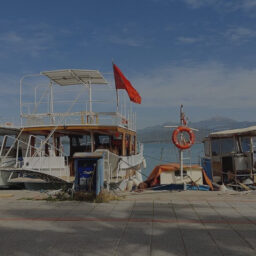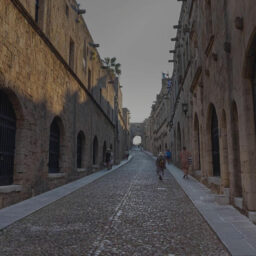The Ultimate Guide to Dolmuş Transportation in Fethiye
Fethiye, a coastal gem nestled in the Muğla Province of Turkey, draws countless tourists with its pristine beaches, turquoise waters, and rich cultural heritage.
As a tourist, convenient and cost-effective transportation is crucial for making the most of your vacation.
Enter the Dolmuş, a popular mode of transportation in Fethiye, offering an authentic way to experience Turkish culture while getting from point A to point B.
Understanding the Dolmuş System
What is the definition of Dolmuş?
A Dolmuş is a communal taxi or minibus, serving as a key element of public transport in Turkey.
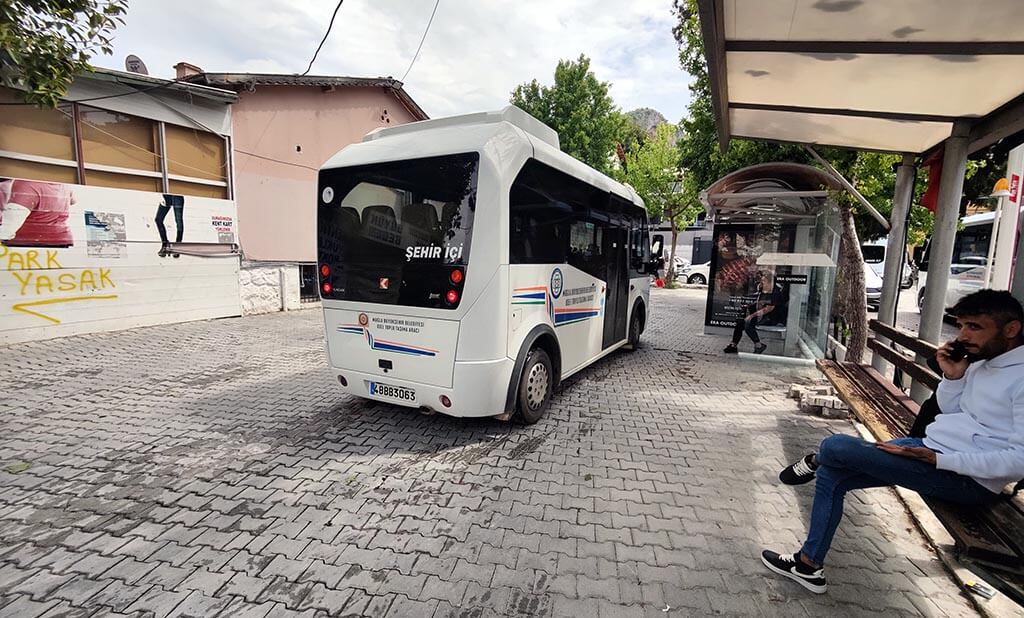
It operates on set routes with designated stops, offering flexibility in terms of timings and destinations.
Characteristics of dolmus vehicles
Dolmuş vehicles are typically minibuses, easily recognizable by their white color and route information displayed on the front and sides.
Dolmuş routes and schedules
Dolmuş buses run on fixed routes, but without strict timetables.
They depart once full, making it an ideal option for travelers who prefer a more spontaneous travel experience.
The role of the dolmuş in Turkish culture and daily life
The dolmuş plays a significant role in Turkish daily life, connecting both urban and rural areas while offering a unique opportunity for tourists to immerse themselves in local culture.
Advantages of Using Dolmuş Transportation
- Dolmuş is a budget-friendly option, with fares much lower than taxis or private transfers.
- With no strict schedules, dolmuş buses allow travelers the freedom to explore at their own pace.
- Riding a dolmuş provides a chance to interact with locals and gain insight into everyday life in Fethiye.
- Dolmuş routes cover a wide range of destinations, from popular tourist spots to off-the-beaten-path locations.
How to Use Dolmuş in Fethiye
Finding dolmuş stops and Fethiye Dolmuş Station
Locating dolmuş stops in Fethiye and the Muğla Province is quite simple, thanks to the standardized signage and regular intervals between stops.
Here’s how to find dolmuş stops in both urban and rural areas:
Urban Areas
In urban settings, dolmuş stops can be easily identified by their distinctive sign. Look for a black “D” (which stands for “Durak,” meaning “stop” in Turkish) on a white background with a blue frame.
These signs mark the designated stops along the dolmuş route, and you will usually need to be at one of these stops to board the dolmuş.
Rural Areas
In remote rural areas, finding dolmuş stops can be a bit more flexible.
While there may still be designated stops with the “D” sign, you can often flag the bus down along the road if there isn’t a stop nearby.
To do this, simply stand at a safe location by the roadside and signal the driver as the dolmuş approaches.
Identifying the correct dolmuş for your destination
When using dolmuş transportation in Fethiye, it’s essential to ensure you’re boarding the right bus for your desired destination. Here are some tips to help you identify the correct dolmuş:
Check the Front Window Display
At dolmuş stops that serve multiple routes, it’s crucial to verify which bus will take you to your destination.
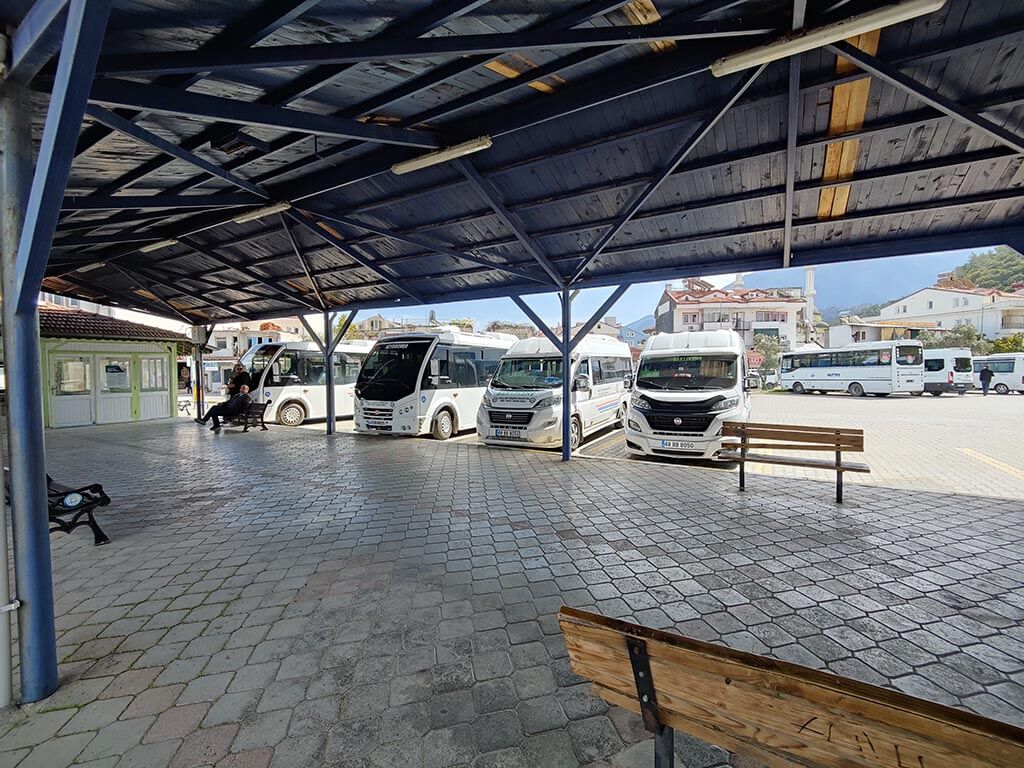
The end destination of the dolmuş, along with major stops in between, will be displayed in the front window of the bus.
This information may be presented as an electronic sign or a printed card. Be sure to check this display before boarding to confirm you’re on the right dolmuş.
Ask the Driver
If you’re unsure whether you’ve found the correct dolmuş for your journey, don’t hesitate to ask the driver.
Simply approach the driver and inquire if the bus is going to your destination. They will be able to confirm if it’s the right one or direct you to the appropriate dolmuş.
Boarding and disembarking procedures
Understanding the proper boarding and disembarking procedures when using dolmuş transportation in Fethiye is essential for a smooth travel experience. Here’s what you need to know:
Boarding the Dolmuş
In tourist areas where many passengers are heading to similar destinations, the driver will often stop without prompting and announce the location.
Simply board the dolmuş when it arrives at your stop, and be prepared to tell the driver your destination, especially if you plan to pay in cash.
Disembarking the Dolmuş
To get off the dolmuş at your desired stop, follow these guidelines:
- Designated Stops: On regular routes, you will need to disembark at a designated stop. Some buses have a bell that you can press to signal the driver that you want to get off at the next stop. Press the bell ahead of time to give the driver ample notice.
- No Bell: If there is no bell on the dolmuş, you will need to call out to the driver to let them know you want to stop. You can either say “Durakta” (pronounced “doo-rack-ta”) or “İnecek var” (pronounced “in-ee-jeck var”). “Durakta” means “at the stop,” while “İnecek var” can be interpreted as “someone wants to get off.”
Payment methods and fare calculation
Paying for your dolmuş ride in Fethiye and throughout the Muğla Province is a breeze, with several convenient payment options available to passengers. Here’s what you need to know:
Muğla Kent Kart (Muğla City Card)
If you’re a regular visitor to the area or plan to use public transportation frequently during your stay, it’s worth investing in a Muğla Kent Kart.
This rechargeable card costs only a few Turkish Lira and offers discounted travel on dolmuş buses.
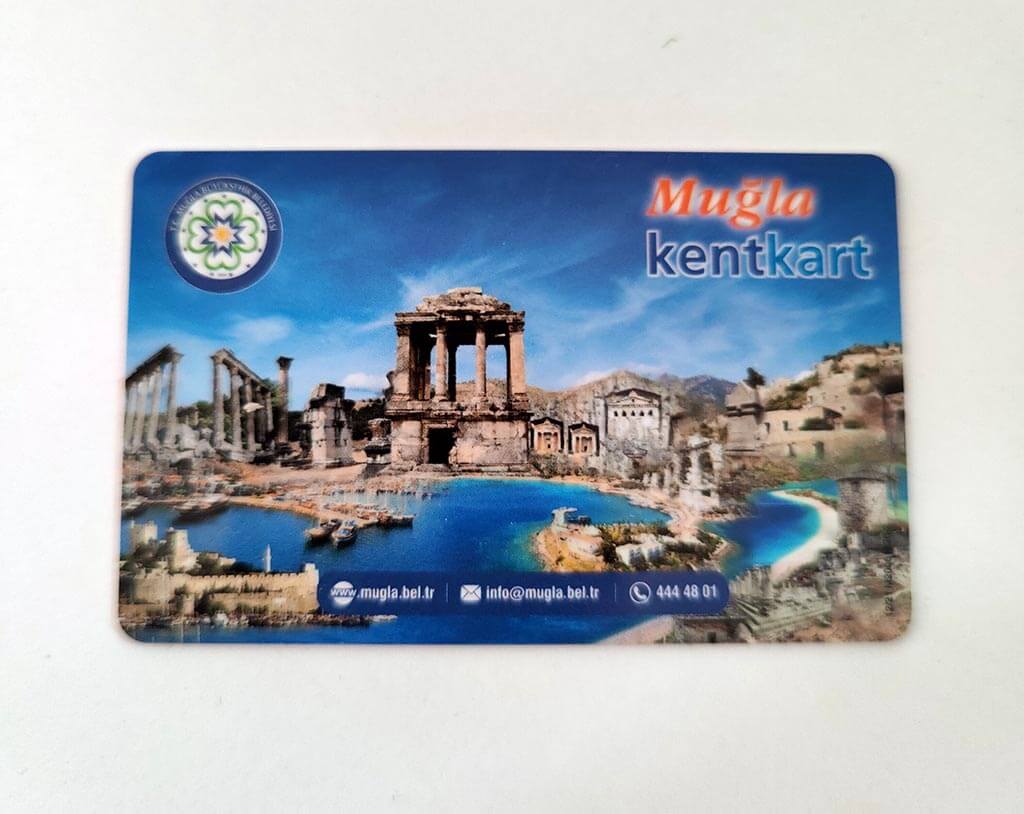
To use your Kent Kart, simply top it up with the desired amount of money at a local kiosk or card top-up station.
When boarding the dolmuş, inform the driver of your destination, and they will set the correct fare for your journey.
Place your Kent Kart against the card reader as you step onto the bus, and the fare will be deducted from your card balance.
Contactless Bank Cards and NFC-enabled Phones
For those who prefer not to carry cash or a separate travel card, contactless bank cards and NFC-enabled smartphones are also accepted as payment methods on dolmuş buses.
When using this option, make sure to inform the driver of your destination, and then simply tap your card or phone against the card reader when boarding the bus.
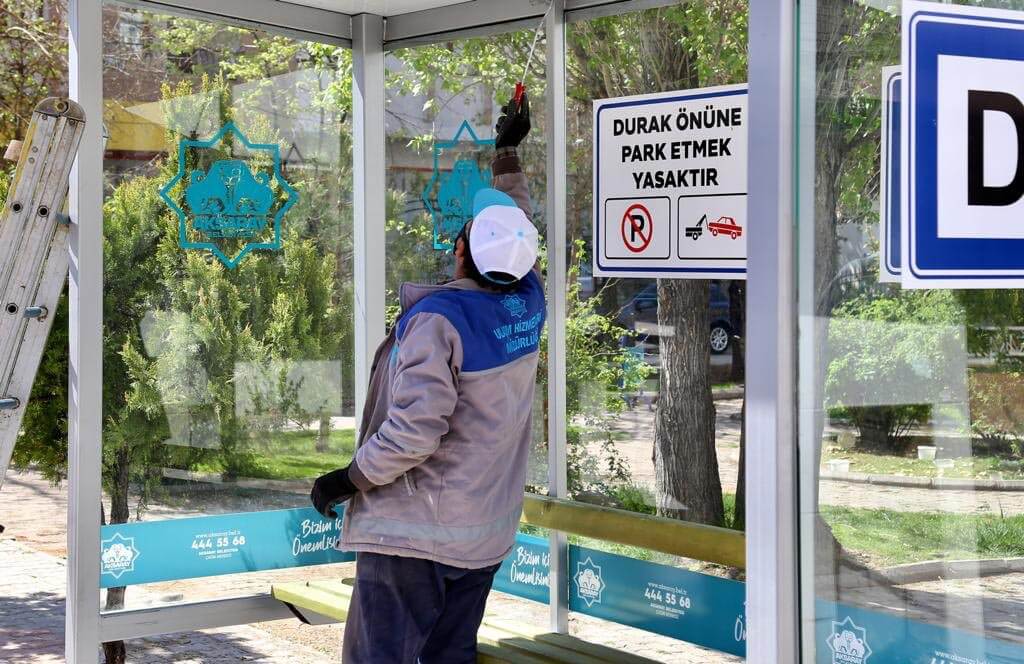
Keep in mind that if you’re using a foreign bank card, you’ll be subject to the current exchange rates, and your bank or card company may charge additional fees.
To avoid unexpected costs, it’s a good idea to check with your bank beforehand and familiarize yourself with any potential charges for using your card abroad.
Cash Payments
If you don’t have enough balance on your Muğla Kent Kart, contactless bank card, or NFC-enabled smartphone to cover your fare, don’t worry! Dolmuş drivers are still accepting cash payments.
To pay with cash, simply inform the driver of your destination when boarding the bus. The driver will then let you know the correct fare for your journey.
Hand the cash to the driver, and they will pass you a card to place on the payment reader. After the fare is registered, return the card to the driver and take your seat.
It’s always a good idea to carry some Turkish Lira with you, just in case you need to make a cash payment for your dolmuş ride.
Etiquette and safety tips for dolmuş rides
Be respectful of local customs and fellow passengers. Offer your seat to elderly or disabled individuals, and avoid loud conversations or music.
Get the Muğla Kart App
This app is a handy tool for dolmuş users, providing information on routes, schedules, and payment options.
You can download the app from these sources:
Google play and App store
Popular Dolmuş Routes in Fethiye
Fethiye to Ölüdeniz
Take the dolmuş from Fethiye Dolmuş Station to the stunning Ölüdeniz Beach, home to the famous Blue Lagoon. This route is perfect for a relaxing day by the sea.
Fethiye to Hisarönü
For a taste of vibrant nightlife, hop on a dolmuş bound for Hisarönü. With plenty of bars and clubs, it’s a great destination for an evening of entertainment.
Fethiye to Kayaköy
Explore the hauntingly beautiful ghost town of Kayaköy with a dolmuş ride from Fethiye. Step back in time and wander through the abandoned stone houses and churches.
Fethiye to Çalış Beach
Head to Çalış Beach for a leisurely afternoon of sun, sea, and sand. With numerous restaurants and cafes nearby, it’s an ideal spot for a beachside meal.
Other notable routes for tourists
There are several other dolmuş routes worth exploring, such as Fethiye to Saklıkent Gorge, Fethiye to Babadağ, and Fethiye to Gemile Beach.
Conclusion
In conclusion, dolmuş transportation is an essential part of the Fethiye experience. With its affordability, flexibility, and cultural immersion, the dolmuş offers tourists a unique and authentic way to explore the city and its surrounding areas.
So, embrace the dolmuş, and let it connect you to the people, places, and cultures of Fethiye during your vacation. Happy travels!
What is dolmus in Turkey?
A dolmuş in Turkey is a popular and affordable mode of public transportation, often used by locals and tourists alike. The word "dolmuş" translates to "stuffed" or "filled" in English, which refers to the fact that these vehicles typically operate once they are full of passengers. Dolmuşes are essentially shared minibuses or vans that run on fixed routes within cities and between towns.
Can I pay by cash on the dolmuş?
Yes, you can pay by cash on the dolmuş in Turkey. Although many passengers use a Muğla Kent Kart, contactless bank card, or NFC-enabled smartphone to pay for their ride, dolmuş drivers still accept cash payments.
What is the nickname for a bus in Turkey?
The nickname for a bus in Turkey is "dolmuş." A dolmuş is a shared minibus or van that operates on fixed routes within cities and between towns, offering a convenient and affordable mode of public transportation for both locals and tourists.
Is Dolmus transportation safe in Fethiye?
Yes, dolmuş transportation is generally considered safe in Fethiye. As a popular mode of transportation among locals and tourists alike, dolmuş minibuses are regularly maintained and follow established routes. The drivers are experienced and accustomed to navigating the roads and traffic conditions in the region.


